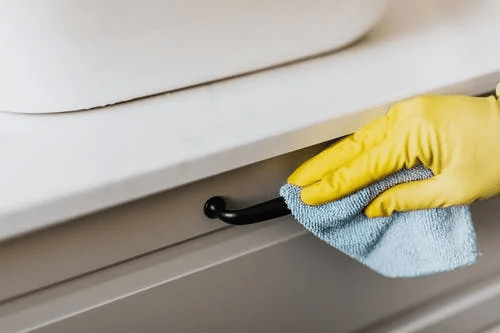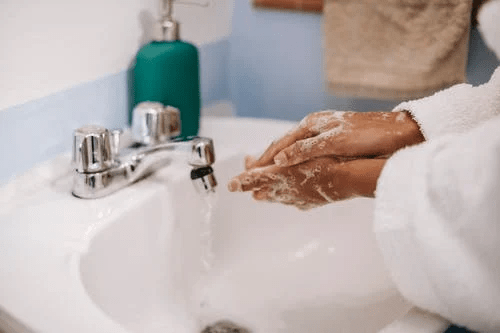Helpful Tips for Healthcare Business Owners on How to Properly Sanitize Your Venue

During the pandemic, there are many safety guidelines that we must follow to protect ourselves from COVID infection.
The rules of social distancing and personal hygiene, from hand washing protocols to using masks, have been enforced worldwide. The situation is even more serious in healthcare facilities, where doctors and nurses see patients on a daily basis. Pandemic or not, every healthcare owner must adhere to strict health and safety guidelines. This is how health company owners should sanitize their workplaces.
Personal hygiene

The first step is personal hygiene. Knowing where your hands have been and regularly sanitizing them will keep you looking for other surfaces that need sanitizing. There are a few rules to follow. Regularly wash your hands with soap and water for at least 20 seconds. Repeat this process before and after meals, and especially after using the toilet. Always keep hand sanitizer with 70% alcohol in your pockets in case you do not have access to soap and water.
Resist the urge to touch your face and, if necessary, disinfect your hands first and use a clean handkerchief for your eyes, nose, or mouth. Your personal items should be sterilized regularly, including your wallet, phone, keys, and other commonly used items. Disinfect all frequently touched surfaces in your office, such as doorknobs, desks, and computers. Always keep rooms as ventilated as possible by opening windows to let in fresh air. If you feel sick, isolate yourself and get tested for COVID right away.
In dealing with a patient
There are five situations in which you may need to sanitize your hands when handling a patient. The first is before you touch the patient. Disinfect your hands with a 70% hand sanitizer that should be placed on all beds, desks, and hallways in your facility. This is to protect the patient from germs being passed on to by the health worker. The second is before any type of procedure is performed on a patient. This may include inserting a medical needle or tube, administering medication such as eye drops or suppositories to the mucous membranes, treating wounds and burns, and performing other invasive procedures. The third is after any procedure to protect yourself and other health care workers from possible infections.
The fourth is after touching a patient, either with a normal handshake or while monitoring vital signs or some other non-invasive exam. The fifth is after touching the objects and objects around the patient. In fact, the patient typically touches surfaces around them and does not necessarily disinfect their hands after every object they come into contact with. These items include the patient's bed, bedside table, bedside table or locker, switch, remote control, chair, or other items in the room.
Common areas
All areas that most people use in the healthcare facility, such as the cafeteria or dining room, meeting rooms or reception, should be cleaned regularly. To avoid airborne spread of C-Diff spores , any surface that is touched frequently should be disinfected several times a day. Clinics should be cleaned and disinfected after each patient departure and before admitting a new patient. All surfaces that can come into contact with respiratory droplets should be disinfected regularly. High-intensity rooms such as the intensive care unit and outpatient areas need to be disinfected more frequently than other less-used areas.
Disinfection and cleaning.
After a surface has been cleaned, it must be further disinfected in order to remove any pathogens left behind after cleaning. A disinfectant solution consists of bleach and water. Follow the directions on the bleach container carefully. Avoid adding other chemicals or detergents to the bleach solution as this will create harmful fumes. When using this solution, be sure to wear protective equipment such as gloves, face shield and face shield, or safety glasses to protect your eyes from possible splashes. Set the air conditioner for fresh air and open the windows whenever possible to ensure good ventilation.

When a patient leaves your facility, their room needs to be thoroughly cleaned and disinfected. All medical equipment used on a patient must be disposed of properly. Disposable patient sheets or screens and curtains should be discarded. Bed, table, chairs, windows and all surfaces must be disinfected in order to prepare the room for the next patient. These procedures must be strictly followed to minimize the risk of infection in healthcare facilities.
Aucun commentaire:
Enregistrer un commentaire